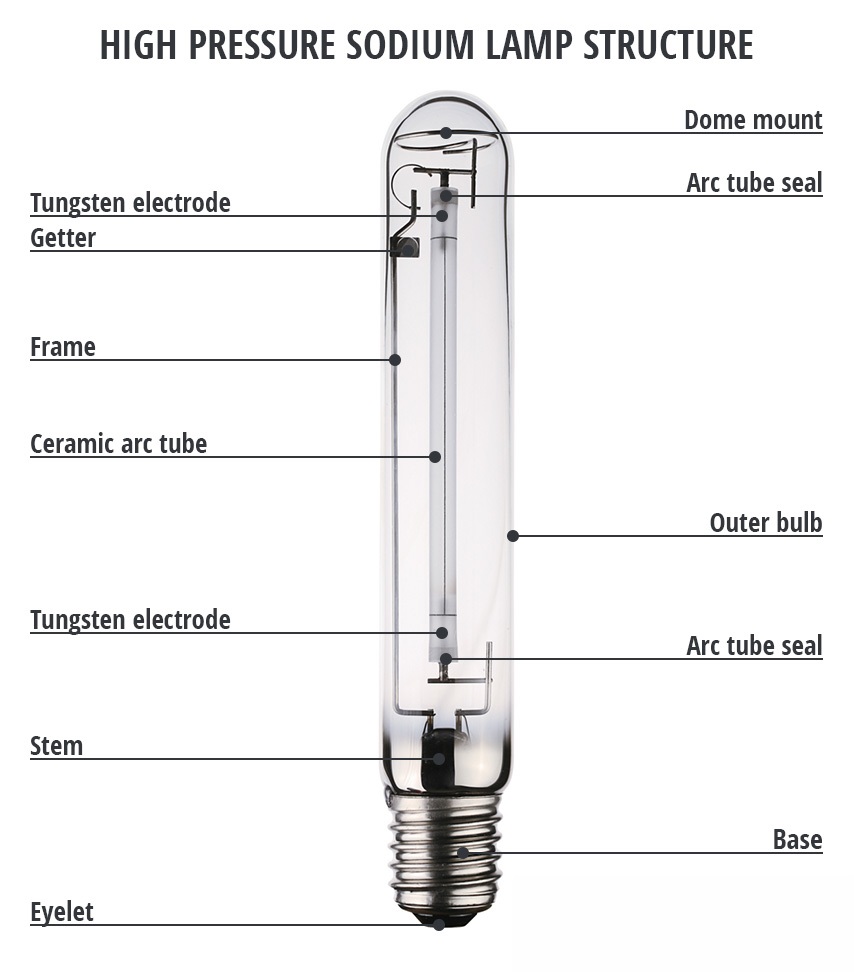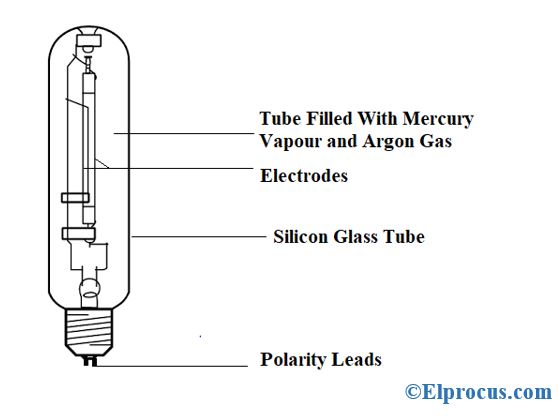A mercury vapor lamp is a gas discharge lamp that uses an electric arc through vaporized mercury to produce light the arc discharge is generally confined to a small fused quartz arc tube mounted within a larger borosilicate glass bulb.
High pressure mercury vapour lamp working principle.
The outer bulb may be clear or coated with a phosphor.
The high pressure helps increase efficiency and this was developed in 1936 35 years after the low pressure lamps came out.
The energy used to make non visible light is a waste of energy since it does not help do the principle job of an electric light.
Lamps of today are high pressure lamps with a fused quartz inner discharge tube.
A metal halide lamp is an electrical lamp that produces light by an electric arc through a gaseous mixture of vaporized mercury and metal halides compounds of metals with bromine or iodine it is a type of high intensity discharge hid gas discharge lamp.
High pressure sodium lamp hps lamp.
Hot cathode lamps have electrodes that operate at a high temperature and are heated by the arc current in the lamp.
The heat knocks electrons out of the electrodes by thermionic emission which helps maintain the arc in many types the electrodes consist of electrical filaments made of.
The lps lamp is also called a sox lamp so for sodium advantages.
A sodium vapor lamp is a gas discharge lamp that uses sodium in an excited state to produce light at a characteristic wavelength near 589 nm.
Low pressure and high pressure low pressure sodium lamps are highly efficient electrical light sources but their yellow light restricts applications to outdoor lighting such as street lamps where they are widely used.
The light would intensify as the arc grew stronger in the tube.
Lamps are divided into families based on the pressure of gas and whether or not the cathode is heated.
Two varieties of such lamps exist.
Can be retrofitted into older mercury vapor fixtures better bulb life than lps lamps.









